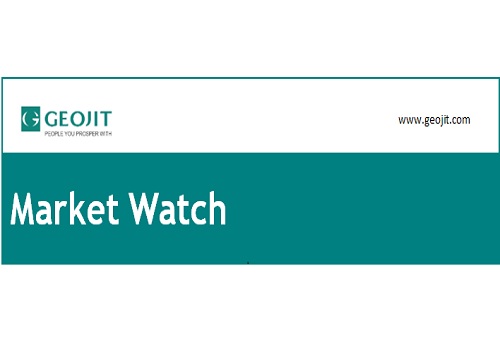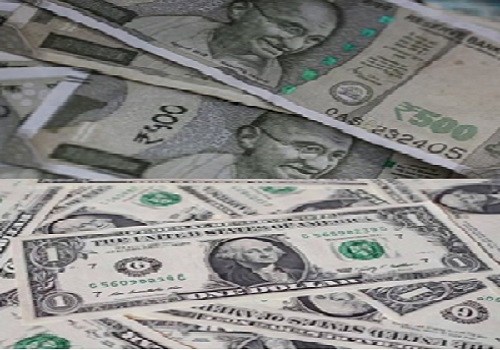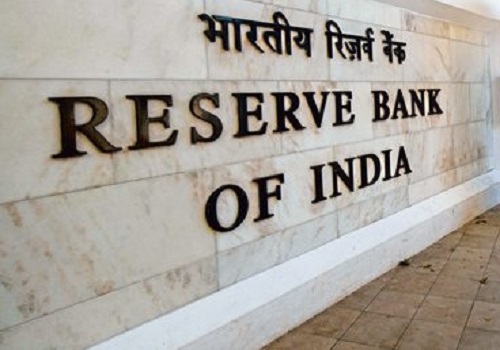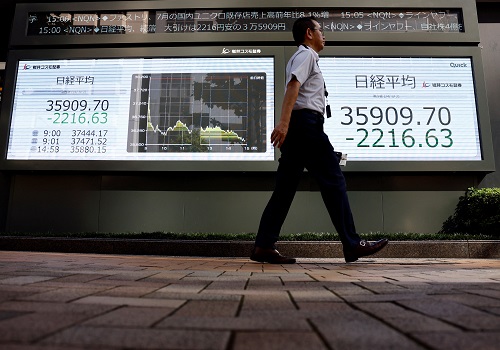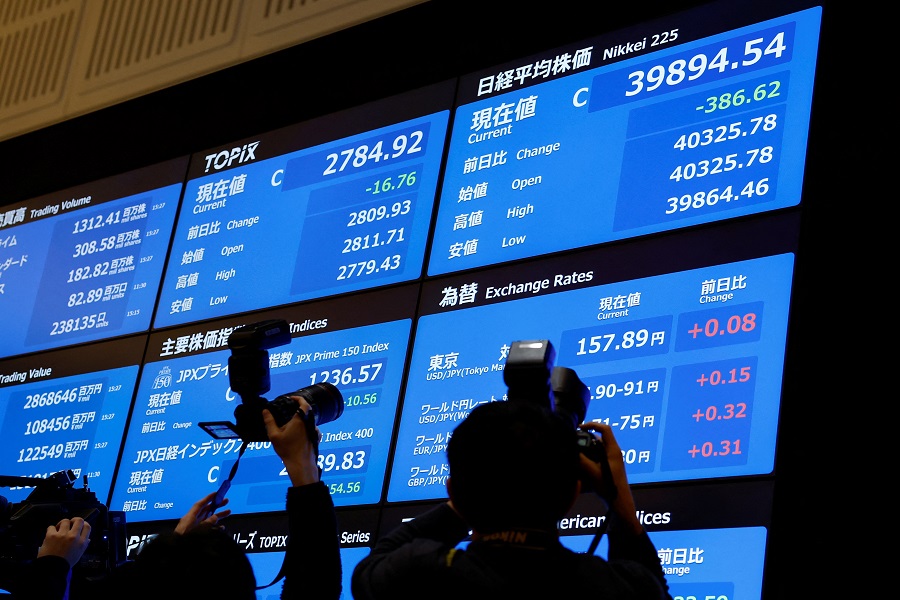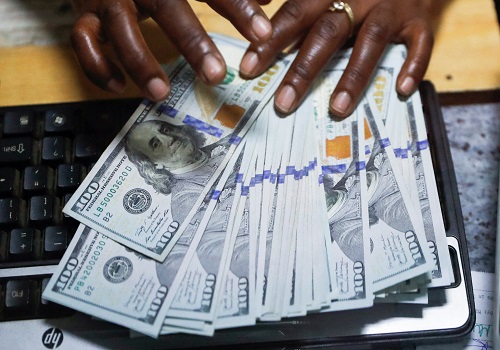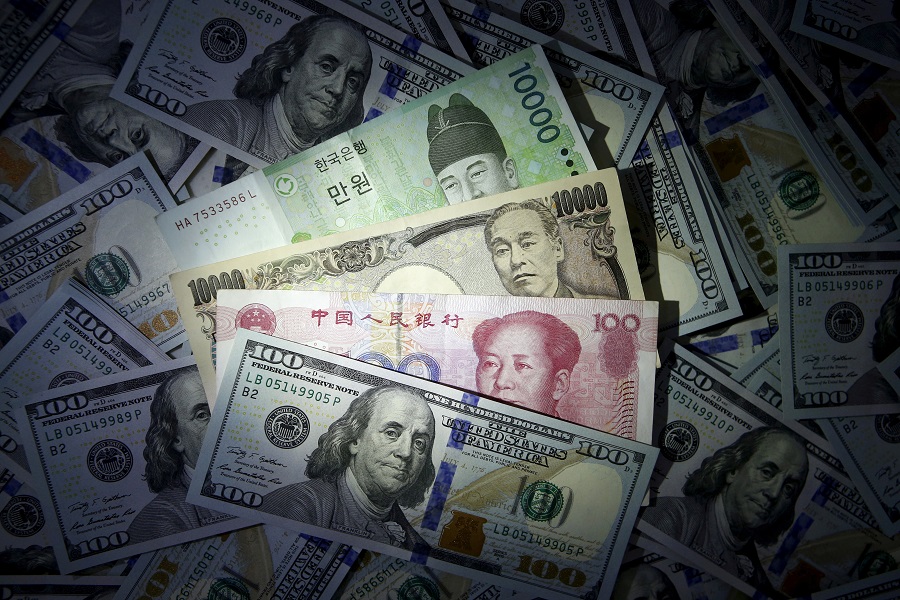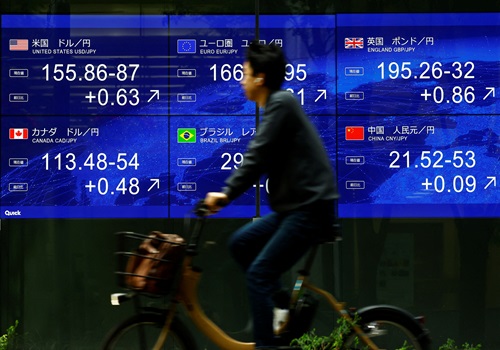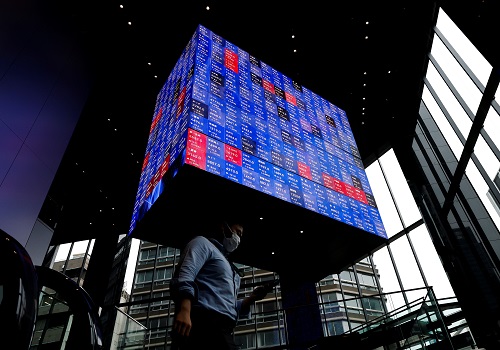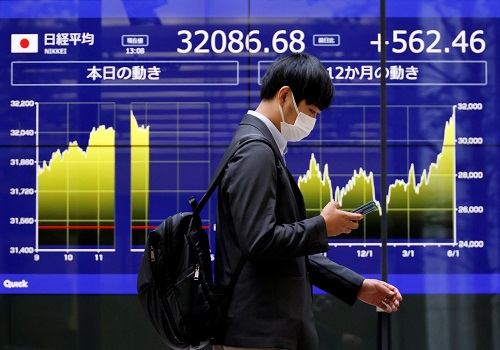Japan stocks keep surging, central banks seen on hold
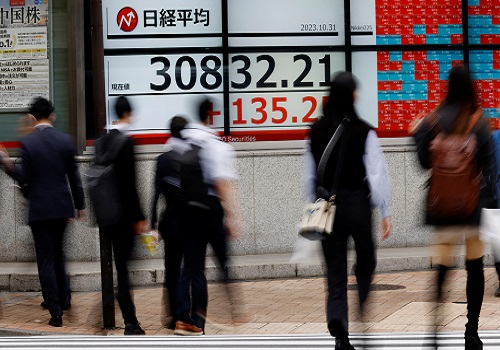
Asian shares tracked Tokyo higher on Monday as AI hype helped the tech sector ahead of a week brimming with central bank meetings, major economic data and corporate earnings.
Chip stocks have been on a roll since Taiwan Semiconductor Manufacturing (TSMC) upgraded its profit outlook last week on booming demand for high-end chips used in AI applications.
That helped send the Nikkei up 1.2% to a fresh 34-year peak and brought gains for January to 8.7%.
Chipmakers, including Nvidia and Advanced MicroDevices, were among the beneficiaries of the AI-driven rally.
That should sharpen attention on results from Intel and IBM this week, along with Tesla, Netflix, Lockheed Martin and a host of others. [RESF/US]
Nasdaq futures extended their rally with gains of 0.7%, while S&P 500 futures firmed 0.3%. EUROSTOXX 50 futures jumped 1.0% and FTSE futures 0.5%
MSCI's broadest index of Asia-Pacific shares outside Japan advanced 0.5%, after taking a drubbing last week.
The index has been pressured by weakness in China's markets, which hit five-year lows last week and sparked speculation state funds were having to support stocks.
Beijing still seems reluctant to deliver aggressive stimulus with the central bank again skipping on a rate cut in its market operations on Monday.
The Bank of Japan is also expected to keep policy super-easyat a meeting on Tuesday, helped by a second month of slowdown in consumer prices.
The general assumption among analysts is the central bank will want to see if the spring wage rounds deliver strong growth before deciding whether to nudge toward tightening.
"Drawing on the first 'shunto' results released mid-March and the April branch managers' meeting, the BoJ will be able to confirm the sustainability of wages and exit negative interest rate policy in April," wrote analysts at Barclays in a note.
"Thereafter, we expect gradual rate hikes from H2 24, but policy rates should remain well below neutral."
ECB IN NO RUSH
The European Central Bank (ECB) meets on Thursday and is considered certain to hold steady, given recent hawkish commentary from top officials.
"A March cut still makes sense, but the push back from ECB officials has been potent in recent days, making a June cut more likely," said Giovanni Zanni, an economist at NatWest Markets.
"Data have continued to support our long-held view that the ECB probably went too far in its rate rising cycle," he added. "We believe that a delay will likely imply the need for a bolder first move, with a 50bp cut more likely than a 25bp one."
Futures have priced in 40 basis points of easing by June, with a first cut in May implied at a 76% chance.
Central banks in Canada and Norway also meet this week and no change to rates is expected.
Hawkish talk has also seen markets scale back the probability of a March cut from the Federal Reserve to 49%, from around 75% a couple of weeks ago. Yet, a first easing of 25 basis points in May is more than fully priced.
Fed officials are in blackout this week ahead of the next meeting on Jan. 30-31.
Prospects for an early easing could be affected by data on U.S. economic growth and core inflation due later this week.
Gross domestic product is seen running at an annualised 2% pace in the fourth quarter, while the core personal consumption price index is seen slowing to an annual 3.0% in December, down from 3.2% the previous month and the lowest since early 2021.
Recent data has tended to surprise on the high side, one reason yields on 10-year Treasuries climbed almost 20 basis points last week to last stand at 4.12%.
That shift underpinned the dollar, which hit a five-week high on a basket of currencies. It was a shade lower at 147.88 yen on Monday, having jumped 2.2% last week, while the euro was idling at $1.0900 after easing 0.5% for the week. [FRX/]
All of this left non-yielding gold looking unattractive at $2,029 an ounce. [GOL/]
In the oil market, worries about global demand has so far offset the threat to supply from tensions in the Middle East.
Brent was off 32 cents at $78.24 a barrel, while U.S. crude for February eased 2 cents to $73.39 per barrel. [O/R]







